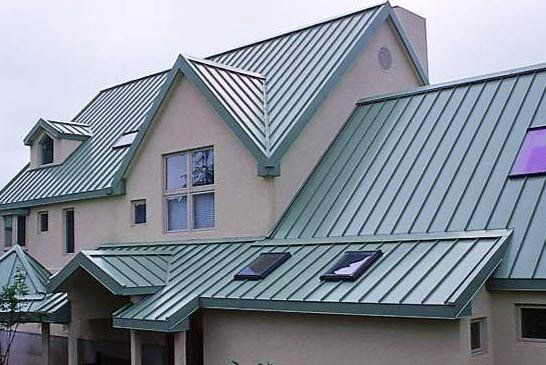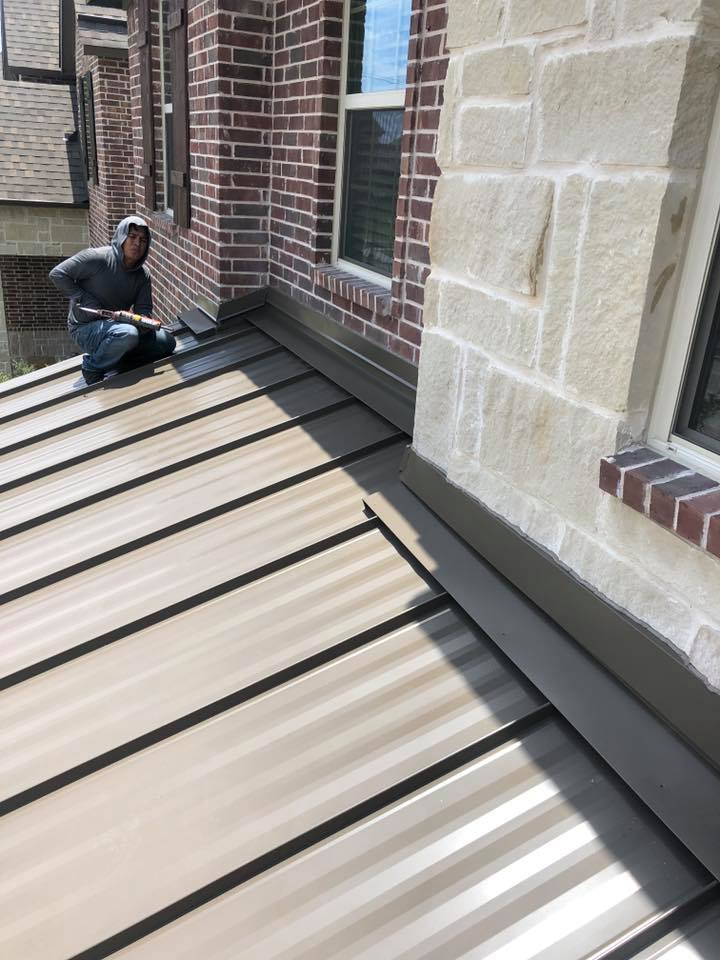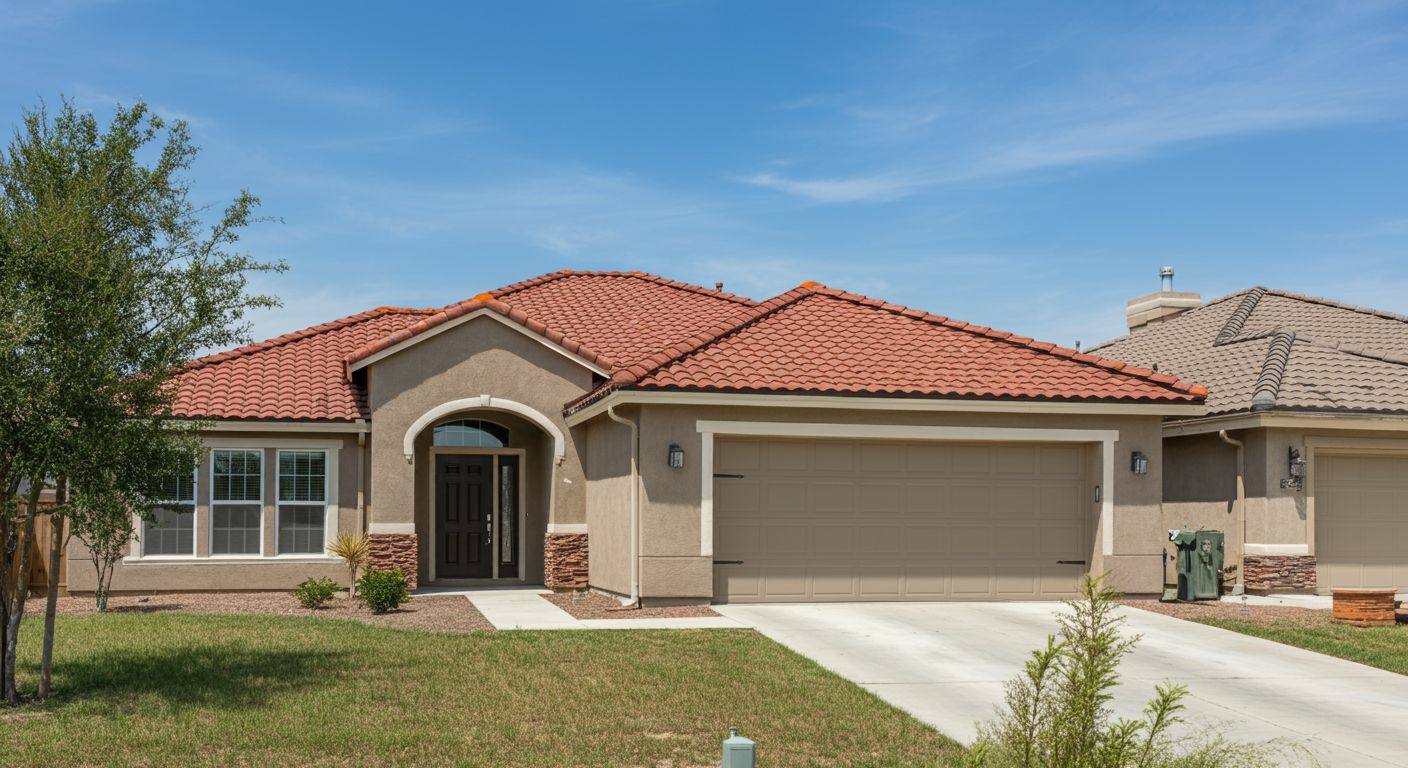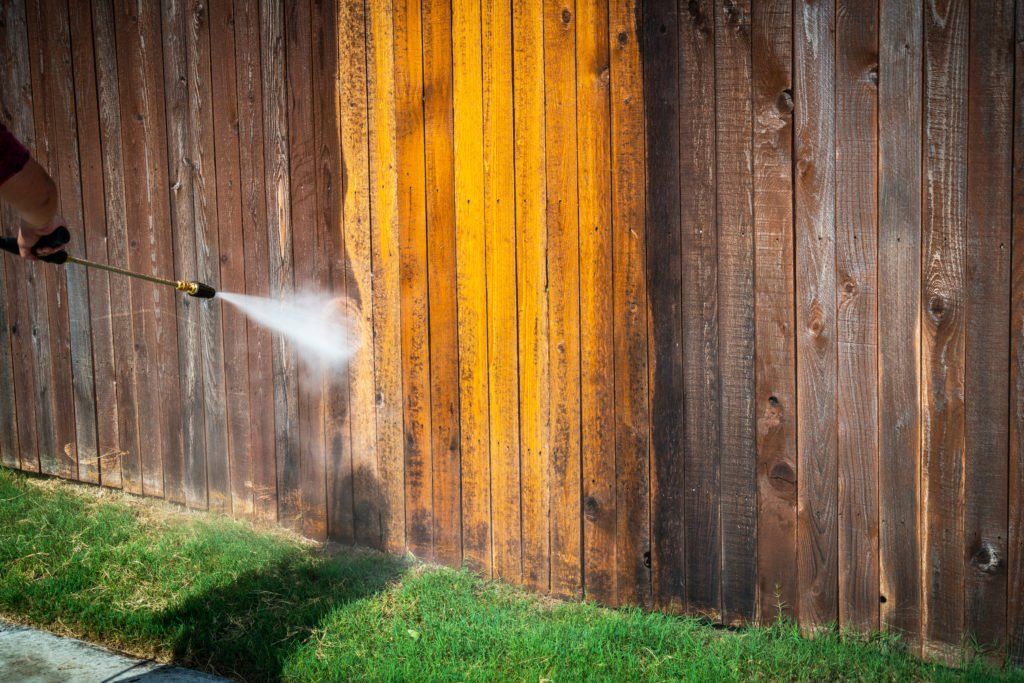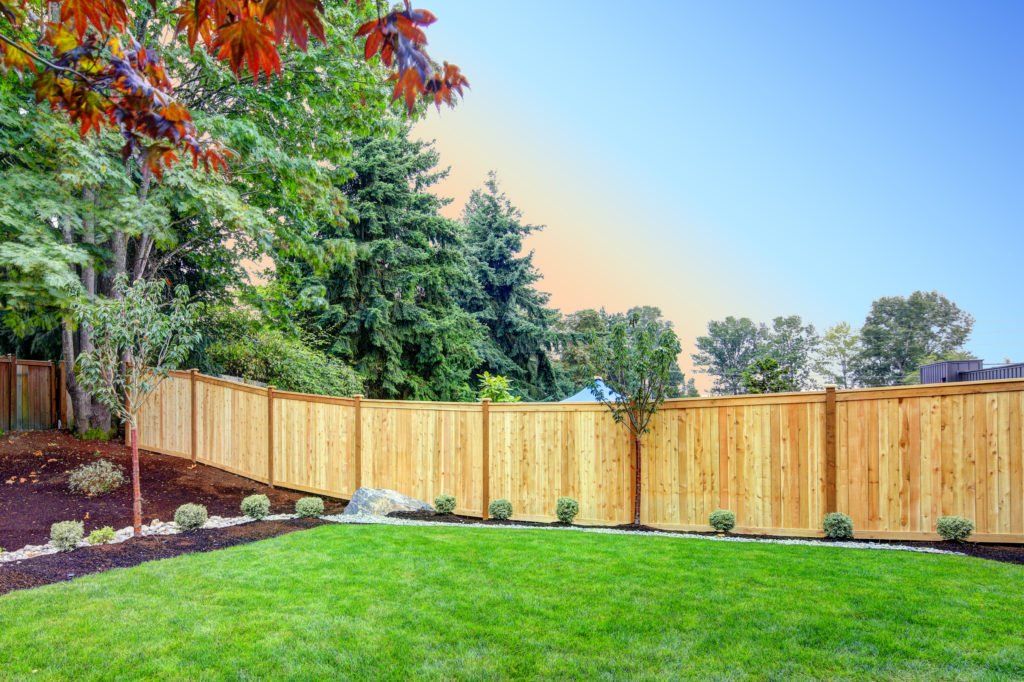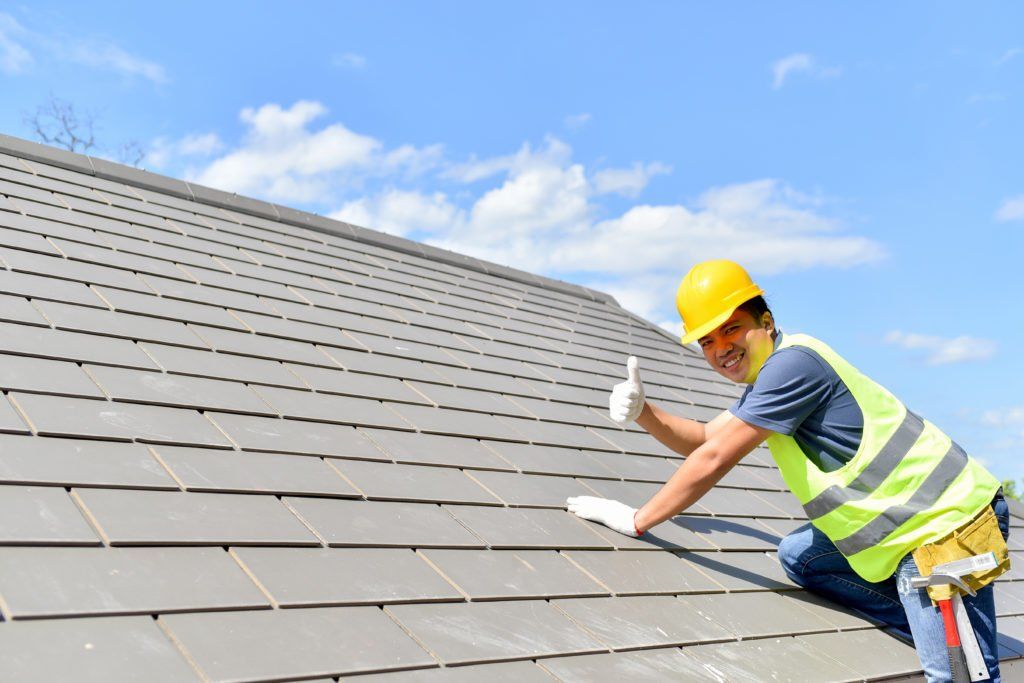Eco-Friendly Roofing Options: Good for Your Home and the Planet
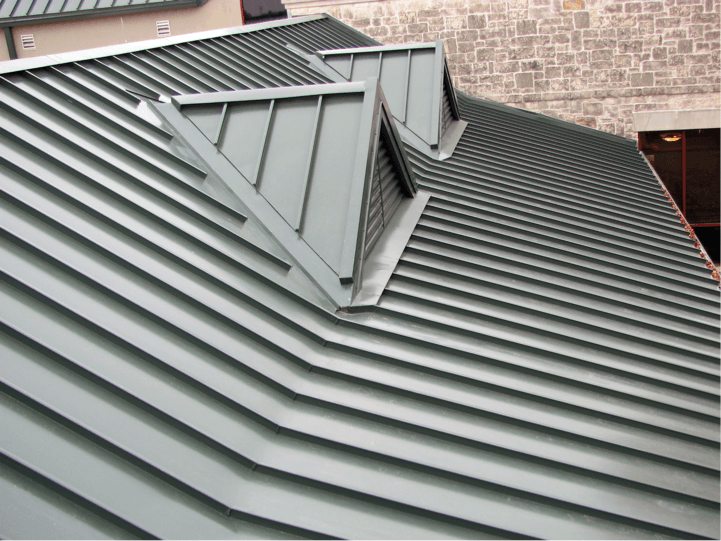
In today's environmentally conscious world, homeowners are increasingly seeking sustainable solutions for their homes. One of the most impactful areas to focus on is roofing. Eco-friendly roofing options not only help reduce environmental impact but also offer benefits such as energy efficiency, durability, and improved indoor air quality. In this article, we will explore various eco-friendly roofing options, their benefits, and how they contribute to a sustainable future.
The Importance of Eco-Friendly Roofing
Traditional roofing materials, such as asphalt shingles, have significant environmental drawbacks. They are often made from non-renewable resources, require energy-intensive manufacturing processes, and contribute to landfill waste at the end of their life. Eco-friendly roofing options, on the other hand, use sustainable materials, have a longer lifespan, and can often be recycled or reused.
Choosing an eco-friendly roof can lead to:
Reduced Carbon Footprint: Eco-friendly roofing materials typically require less energy to produce and transport, resulting in lower greenhouse gas emissions.
Energy Efficiency: Many green roofing options offer better insulation and reflectivity, helping to reduce heating and cooling costs.
Waste Reduction: Sustainable roofing materials are often recyclable, reducing the amount of waste sent to landfills.
Healthier Indoor Environment: Eco-friendly roofs can improve indoor air quality by reducing the presence of harmful chemicals and providing better ventilation.
Types of Eco-Friendly Roofing Options
1. Metal Roofing
Benefits:
Durability: Metal roofs can last up to 50 years or more, reducing the need for frequent replacements.
Energy Efficiency: Metal roofs reflect solar heat, which can reduce cooling costs by up to 25%.
Recyclability: Made from recycled materials and fully recyclable at the end of their life.
Drawbacks:
Initial Cost: Higher upfront cost compared to traditional shingles, but cost-effective over time due to longevity.
2. Solar Roofing
Benefits:
Renewable Energy: Solar panels integrated into roofing materials can generate electricity for your home, reducing reliance on fossil fuels.
Energy Savings: Potential to drastically cut or even eliminate electricity bills.
Incentives: Various government incentives and tax credits can offset initial installation costs.
Drawbacks:
Initial Investment: High installation cost, though long-term savings and incentives can mitigate this.
3. Green Roofs
Benefits:
Insulation: Green roofs provide excellent insulation, reducing heating and cooling needs.
Stormwater Management: Absorbs rainwater, reducing runoff and mitigating the risk of flooding.
Biodiversity: Creates habitats for wildlife and contributes to urban biodiversity.
Drawbacks:
Maintenance: Requires ongoing maintenance to keep plants healthy and manage drainage systems.
4. Recycled Shingles
Benefits:
Sustainability: Made from recycled materials such as rubber, plastic, or wood fiber.
Durability: Often more durable than traditional shingles.
Aesthetic Variety: Available in various styles and colors to match different home designs.
Drawbacks:
Availability: May not be as widely available as traditional roofing materials.
5. Cool Roofs
Benefits:
Energy Efficiency: Reflects more sunlight and absorbs less heat, keeping buildings cooler.
Cost Savings: Can reduce energy bills by decreasing the need for air conditioning.
Longevity: Reduces thermal shock, potentially extending the life of the roof.
Drawbacks:
Climate Specific: Most beneficial in hot climates, less impact in cooler regions.
6. Clay and Concrete Tiles
Benefits:
Durability: Long-lasting and highly durable, with lifespans of 50-100 years.
Thermal Properties: Naturally insulative, reducing heating and cooling costs.
Fire Resistance: Non-combustible, providing added safety.
Drawbacks:
Weight: Heavier than other materials, requiring a strong roof structure for support.
Making the Right Choice
When choosing an eco-friendly roofing option, consider the following factors:
Climate: Some materials are better suited to certain climates. For example, cool roofs are ideal for hot regions, while green roofs can be beneficial in urban areas with high rainfall.
Budget: Evaluate both the initial cost and long-term savings. While some options may have higher upfront costs, their longevity and energy efficiency can result in overall savings.
Aesthetic Preferences: Choose a roofing material that complements the architectural style of your home.
Local Regulations and Incentives: Check for any local building codes, regulations, or incentives that may influence your choice.
Eco-friendly roofing options offer numerous benefits for both homeowners and the planet.
By choosing sustainable materials, you can reduce your carbon footprint, save on energy costs, and contribute to a healthier environment. Whether you opt for metal roofing, solar panels, green roofs, recycled shingles, cool roofs, or clay and concrete tiles, there is an eco-friendly solution to suit every home and budget.
As you consider upgrading your roof, think about the long-term impact of your choice. An eco-friendly roof is not just an investment in your home but also in the future of our planet. For expert advice and installation of eco-friendly roofing options, visit ahlersroofing.com. Their team of professionals can help you find the perfect sustainable solution for your home, ensuring quality and peace of mind for years to come.
By making informed decisions about roofing materials, homeowners can play a crucial role in promoting sustainability and protecting the environment. Embrace the benefits of eco-friendly roofing and make a positive difference for your home and the planet.
Recent Posts



